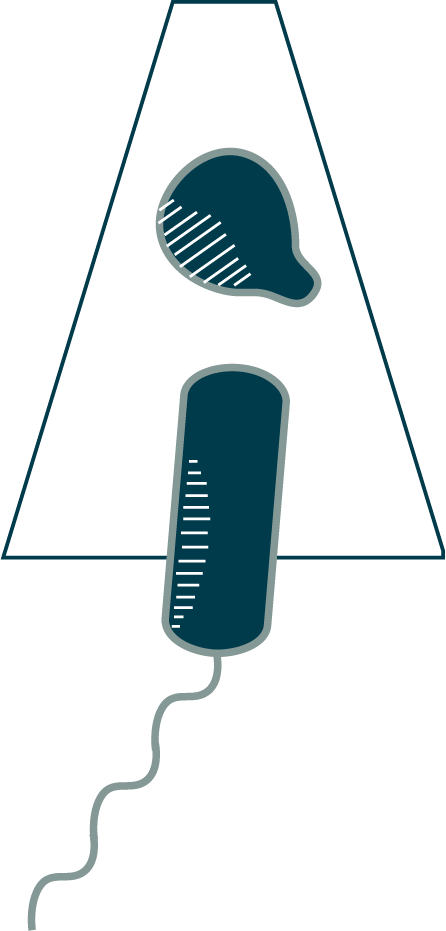Archaea swim, too. And as you might expect, they use similar machinery to do so: an envelope-embedded motor that spins a long extracellular filament. Despite the structural similarity, the machinery evolved independently, another indication of the strong advantage conferred by swimming. To reflect this similar-but-not-the-same character, we call the archaeal analogue of the bacterial flagellum the archaellum. Unlike the flagellum, which is a type III secretion system, the archaellum is a type II secretion system. As you can see on this Methanoregula formicica, archaella are narrower than flagella (⇩). The motor is also different, and uses the ATPase at the base not just for assembly, but also to power rotation for swimming. Like flagella, archaellar motors can rotate in either direction, resulting in the filaments pushing or pulling the cell.




